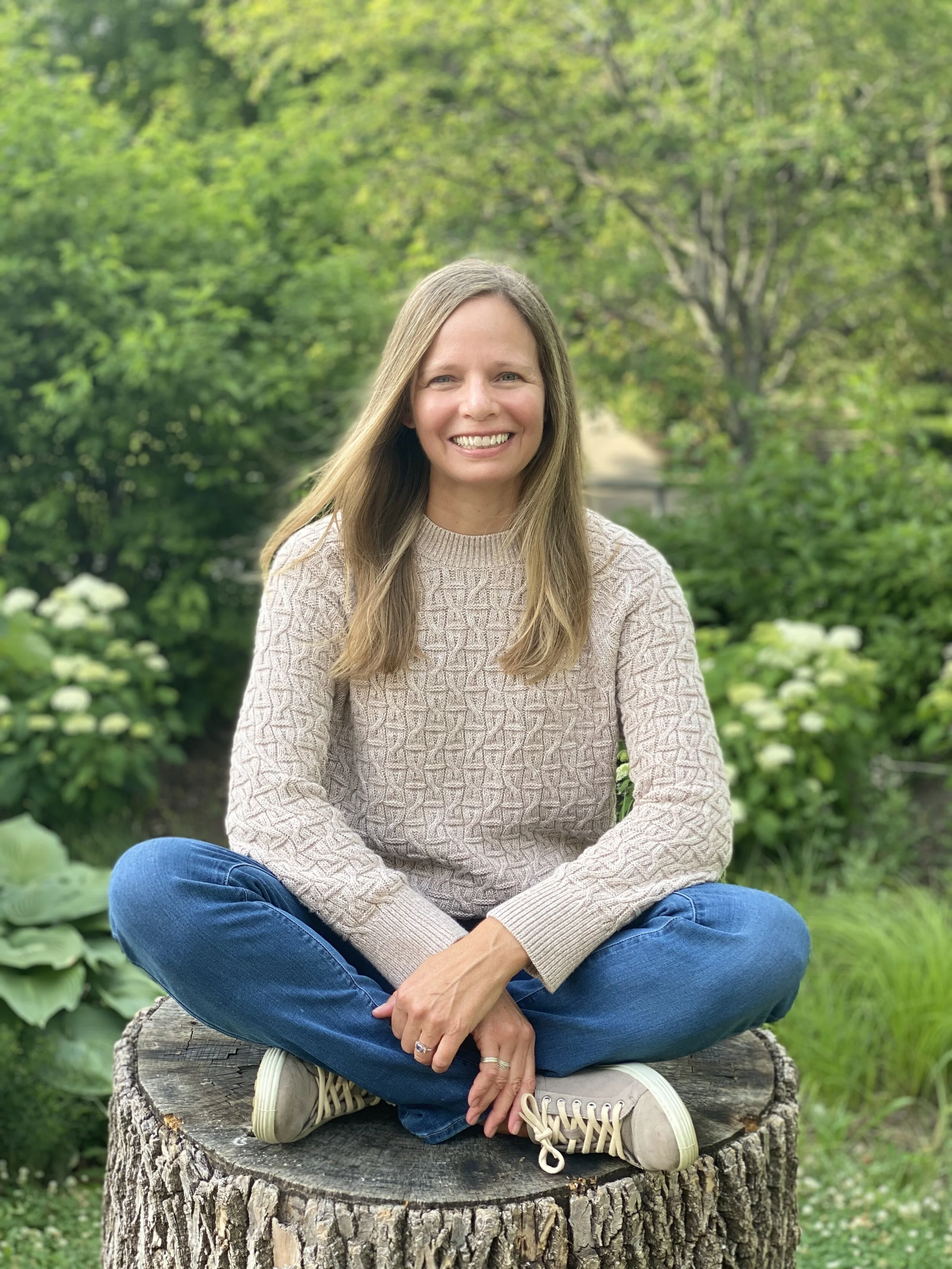
Introducing
The Power of You.
Physical Therapy and Tai Chi/Qi Gong
Physical Therapy with a Focus on the Body and the Nervous System
My approach.
I believe that we have the power to help heal ourselves. Our bodies were designed to heal themselves. Sometimes, however, we unknowingly “get in the way” of this amazing self healing mechanism. I offer a unique approach to physical therapy by connecting your Nervous System and your Body to treat persistent pain and tension.
My approach to persistent (often called chronic) pain and tension uses up-to-date, research proven methods that have long lasting results. Acute pain, such as when you sprain your ankle, is very different from pain or tension that lasts greater than three months according to research. If you have pain or tension lasting greater than three months, it can become “hard wired” into our nervous system. Treating persistent pain as you would acute pain results in temporary relief requiring perpetual treatment.
On target assessment, thorough meaningful education and safe novel movements result in long lasting healing.
Physical Therapy and Mental Health
Collaborating with mental health providers who assist my patients with mental health issues such as depression, anxiety, stress, and trauma has been rewarding. My focus on the nervous system and body ties in well with releasing emotions that are stored in the body.
“Everything I learned about pain, the brain, and the nervous system has completely shifted my perspective on life.
Michelle taught me how to listen and value what my body tells me. She taught me what self care really is and why it matters.”
— KELLY, THE POWER OF YOU CLIENT
FAQs
How does a Tai Chi course work?
Each course whether Beginner, Intermediate, or Advanced is 60 minutes in length 1x/week for 4 weeks online over Zoom. After each class you will receive a practice video to use until the next class. You will need a space in your home that is clear to move as much as possible - all movements can be modified to fit the space you have available. Wearing comfortable clothes makes moving easier. We begin with a Qi Gong warm up, learn the new Tai Chi movements of the week, practice integrating those movements, and finish with a Qi Gong cool down.
Are all patients participating in physical therapy for persistent pain/tension required to do mental health treatment as well?
No. During assessment, I use research based questionnaires that help us to put together the full picture. If the patient and I determine together that mental health therapy would benefit their treatment and improve results, it is worthwhile to pursue collaborating with a mental health therapist. I have worked successfully with Mark Ziegenbein, LIMHP, LMHP, LMFP, or the patient’s own therapist.
How soon can I expect results?
Tai Chi - Many participants can notice improvement in their breathing, muscle tension, and balance by the end of the first class with definite improvement after completion of the 4 week course.
Physical Therapy - Most patients report improvement after the first visit when they begin their home program. As we work together to fine tune the daily home program and strategies, improvement continues. Reassessment along the way using the questionnaires from the initial assessment, helps to keep the treatment focused and redirect treatment if needed.
